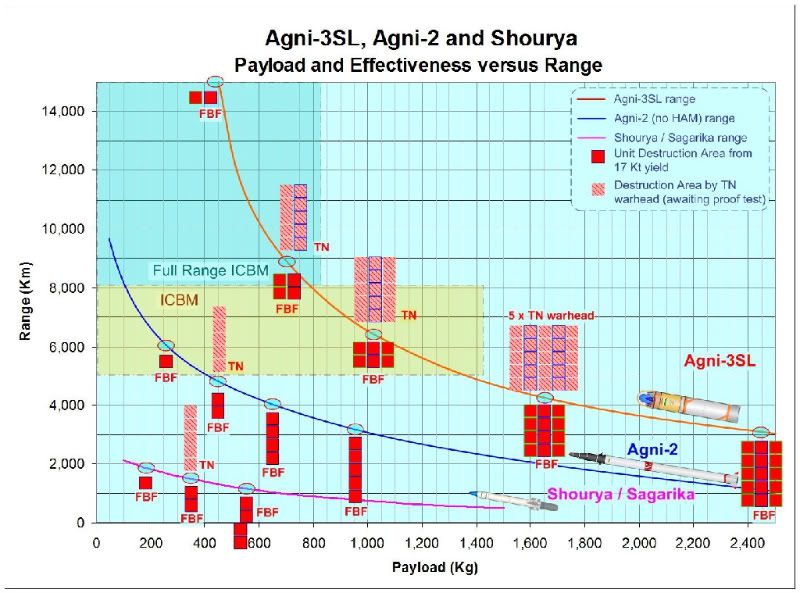Raj Malhotra wrote:Explain that to USA, UK, France!
Diesel Sub Market Heats up
The May issue of Defense Technology International has an excellent article on developments in the diesel sub market. Nuclear subs were perfect for the Cold War — they are fast and can stay submerged for long periods. "But today it’s a different scenario," writes Michael Dumiak. "Submarines operate in littoral waters. Here, as is being proved daily in the Persian Gulf and Arabian Sea, big submarines may be no better, and may be at a disadvantage. The new class of diesel electrics are in the 800-2,000 ton range–small compared to the 7,800 ton Virginia-class leviathans."
The uninvited guest
American military chiefs have been left dumbstruck by an undetected Chinese submarine popping up at the heart of a recent Pacific exercise and close to the vast U.S.S. Kitty Hawk - a 1,000ft supercarrier with 4,500 personnel on board.
The lone Chinese vessel slipped past at least a dozen other American warships which were supposed to protect the carrier from hostile aircraft or submarines. And the rest of the costly defensive screen, which usually includes at least two U.S. submarines, was also apparently unable to detect it.
Would assume the US subs were Nuke powered. Song class is diesel-electric. Most of the article is about the threat from China, etc but my takeaway is a properly designed and operated DE sub in littoral waters is dangerous to a nuke sub too.
From the original article
Diesel-Electric Submarines, the U.S. Navy’s Latest Annoyance
But modern-day diesel submarines are not as easily heard, particularly in regions of the seas where biological life and merchant shipping can camouflage their acoustic signatures. It is there, in the noisy waters of the littorals, where detecting submarines can be a cat-and-mouse game, Navy officials say.
Rear Adm. John Waickwicz, who was the head of the Naval Mine and Anti-Submarine Warfare Command until he retired in January, says the Navy is looking at anti-submarine warfare in new ways.
Officials insist that the Navy’s anti-submarine warfare capabilities are the best in the business, but they acknowledge that it will take some time to hone the skills to combat stealthy diesel submarines.
The only technology that the Navy considers suitable for detecting and tracking diesel submarines is active sonar.
“Computer simulations can only go so far. There is still no substitute for at-sea practice against a real submarine,” says Pacific Fleet’s Walsh.
Because the U.S. Navy no longer operates diesel-electric submarines, it invites allied countries that own these boats to participate in exercises at Navy ranges on the east and west coasts.
The Swedish Navy’s HMS Gotland collaborated most recently with various Navy commands in San Diego.
Virginia's Kid Brother
The U.S. Navy continues to entertain an internal debate over the issue of just how effective non-nuclear submarines would be in wartime, and whether the U.S. should buy some of these non-nuclear boats itself. This radical proposal is based on two compelling factors. First, the U.S. Navy may not get enough money to maintain a force of 40-50 SSNs (attack subs.) Second, the quietness of modern diesel-electric boats puts nuclear subs at a serious disadvantage, especially in coastal waters.
In an attempt to settle the matter, from 2005 to 2007, the United States leased a Swedish sub (Sweden only has five subs in service), and its crew, to help train American anti-submarine forces.For many years before the Gotland arrived, the U.S. Navy had trained against Australian diesel-electric subs, and often came out second.
Lastly, procurement of a particular type of system is based on a host of factors including policy, strategy, technology, acquisition cost, maintenance cost, etc. Our planning and force levels need not reflect or follow that of the USA, UK or France.

